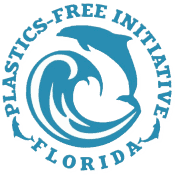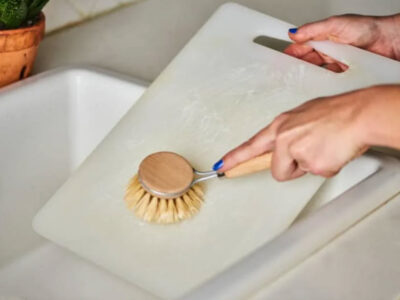Plastic is everywhere. From the food we eat to the air we breathe, tiny particles of plastic — also known as “microplastics” — can be found in almost anything. Not only does plastic cause real havoc on our oceans and take centuries to decay, causing even more of an environmental crisis, but toxicologists have questioned whether consuming microplastics can negatively impact health. Especially if there are pieces of plastic you’re using on a regular basis, like say your handy-dandy plastic cutting board.
A recent study published by the journal, Ecotoxicology and Public Health evaluated the amount of microplastics found in a food between two different types of plastic cutting boards. Carrots were chopped on a cutting board made with polypropylene, and another with polyethylene. Scientists evaluated what the total exposure would be per person when using these types of plastic cutting boards. At the end of the study, they found these plastic cutting boards resulted in 1,114 microplastic particles (pieces of plastic less than 5 millimeters long) on the carrots each time the board was used. This means a plastic cutting board could generate 15 milligrams of microplastics per cut, and around 50 grams a year — the equivalent of 10 plastic credit cards.
With so many microplastics being exposed to our food, should consumers be worried? The Kitchn spoke with Alex LeBeau, PhD, MPH, CIH, a toxicologist and certified industrial hygienist on the impact on human health from using plastic cutting boards on a regular basis, and if there are healthier cutting board solutions we should consider.
The reality of consuming microplastics from our cookware
At first, the studies regarding microplastic consumption seem bleak. Evidence suggests that microplastics can be found in our blood, our lungs, and even our placenta, and can be potentially hazardous towards our physical health. A 2022 animal study in South Korea found microplastics could interfere with digestive, respiratory, endocrine, and even our reproductive systems.

